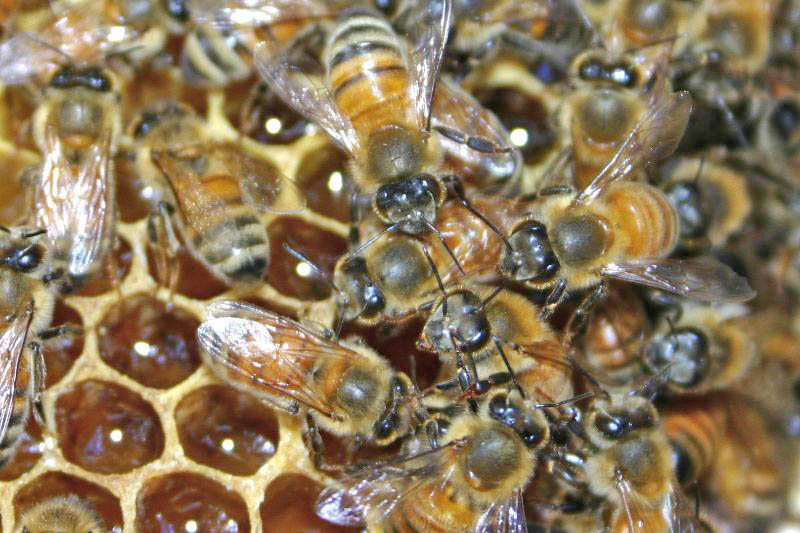
As the buds on almond trees continued to swell and blooms begin to pop, beekeepers were busy moving their hives into orchards in preparation for pollinating the 2013 crop.
Stocking California’s 800,000 acres of almond trees at the rate of two hives per acre requires 1.6 million honey bee colonies. Reports are coming in statewide that bee supplies are tight this season.
The number of honey bees available this year has been reduced by adverse weather last year. That includes not just in California, but in areas ranging from Washington and Montana to Massachusetts and Florida, which supply about two-thirds of the honey bees needed to pollinate California’s almond crop.
“Last year wasn’t a particularly good year for the nation’s honey crop,” says apiary specialist Eric Mussen, University of California Extension entomologist. “Many areas suffered drought. It was a tough year for bees. So colony size this year may not be up to what growers would like.”
(See related: Pesticides on brink of ban over honey bee losses)
Growers with good, long-term relationships with beekeepers, who put in their orders early, should be okay, he says. But, those who waited until the last minute to line up their bees may pay premium prices to get good quality colonies.
“In terms of supply, I think we’ll just eek by,” Mussen says. “However, if the weather cooperates, we won’t need a lot of bees. It’s surprising just how much a few honey bees can accomplish with just a few days of nice flying weather during bloom.”
Hive rental expenses can account for as much 15 of percent of the input costs to produce an almond crop. A California State Beekeepers Association survey found that the average rental price for a hive of honey bees last year was in the range of $145 to $147, Mussen notes. There have been reports this year that prices are as high as $200.
About the Author(s)
You May Also Like




